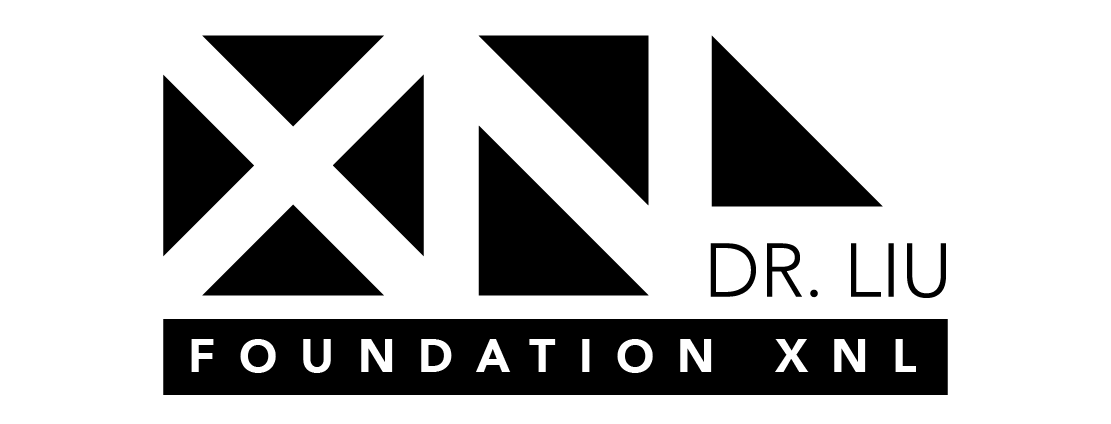Shoulder - Labral Tear
Description
The labrum is a soft cartilage structure on the socket of the “ball and socket” joint. It helps to deepen the socket, and serves as an attachment for the ligaments that stabilize the GH joint and the long head biceps tendon. The labrum can be torn from its attachment anywhere on the socket.
What are the causes?
Labral tears occur with acute (shoulder dislocations) or chronic, repetitive stresses to the GH joint. Athletes in collision sports, where the arm may be forced away from the body or with repetitive motion (baseball, volleyball, etc.) predispose the labrum to injury. Falling on an outstretched arm, a direct blow to the shoulder, or a sudden pull while lifting a heavy object can tear the labrum.
What are the symptoms?
Labral tears may cause different symptoms depending on the area of torn tissue. Labral tears in the front of the shoulder (anterior) are usually due to dislocations, so patients may experience pain and laxity in the shoulder. Labral tears in the back of the shoulder (posterior) are typically caused by repetitive stresses forcing the ball to the back of the socket. Patients may experience pain with stressful forces but not laxity in the shoulder. Labral tears in the top of the shoulder (superior) typically have pain and weakness, particularly with overhead activities like throwing. Pain may also be referred to the biceps, as its insertion on the labrum may have damage. Patients with labral tears may experience clicking, catching, popping or grinding in the shoulder.
How is it diagnosed?
Dr. Liu will perform a thorough history and physical exam with X-rays. The shoulder will be moved through a range of motion and stressed in certain ways to elicit pain or feelings of laxity. X-rays may or may not show damage to the bones of the shoulder joint, particularly after an acute injury or dislocation. MRI (with contrast dye) is helpful for evaluating the labrum, biceps and rotator cuff for damage.
Non-operative
Labral tears in sedentary or older patients, or in the non-dominant extremity of an athlete may be successfully treated nonoperatively. Physical therapy to strengthen the rotator cuff will help stabilize the humeral head in the socket and reduce pressure on the labrum. Anti-inflammatory medications, cryotherapy, activity modification or a cortisone injection may be offered to treat pain.
Platelet Rich Plasma (PRP) Injections is another non operative option. Blood is taken from your arm and is spun down to get the healthiest healing factors - platelets and serum. Once injected, the platelets degranulate and release activate growth factors and cytokines to promote healing. One injection may be all you need, however, there are times where multiple injections may provide additional benefit. Not covered by insurance.
Mesenchymal Stem Cell Injections is another non operative option. Bone marrow is aspirated from your pelvis and centrifuged in a special kit to concentrate the stem cells, which are then reinjected into the joint. The goals are to change the living microenvironment of the tendon, up regulating collagen formation, and promote tendon cell healing and reorganization. Not covered by insurance.
Operative
Labral tears that cause pain or feelings of instability in the dominant extremity of athletes, and patients who have failed non-operative treatment may require surgical intervention. Dr. Liu performs a minimally-invasive arthroscopic surgery to repair and reapproximate the tissue. Labral tears are sometimes more degenerative in nature and do not need formal repair. In such cases, the damaged tissue is removed. If the labrum is not repairable, it is trimmed away. Labral tears which can be repaired are reattached to the socket. Young patients who have suffered shoulder dislocations should undergo operative repair, as the labrum and ligaments injured during a dislocation do not heal. This leaves the patient at risk for future dislocations and arthritis. Tears in the top part of the labrum (aka –SLAP tears) are treated identically, except when the biceps tendon is damaged. If the biceps attachment is severely compromised, the biceps is released from the socket and reattached outside the shoulder joint (biceps tenodesis) or released and not repaired outside of the joint (biceps tenotomy).
Rehabilitation
After surgery, you will need to keep your shoulder in a sling for 3 to 6 weeks, depending on your doctor's recommendation. Your doctor will also prescribe gentle, passive, pain-free range-of-motion exercises. When the sling is removed, you will need to do motion and flexibility exercises and gradually start to strengthen your shoulder.
Athletes can usually begin doing sport-specific exercises 12 weeks after surgery, although it will be 4 to 6 months before the shoulder is fully healed.

